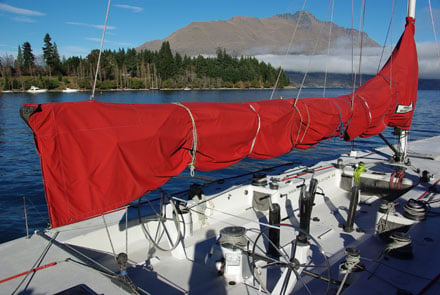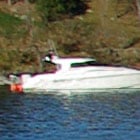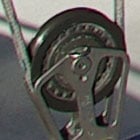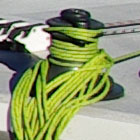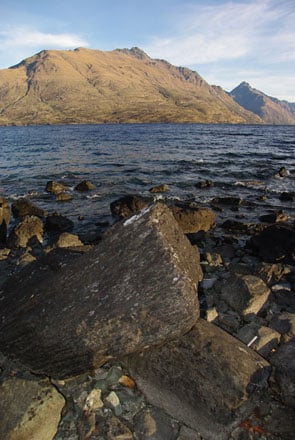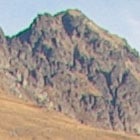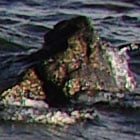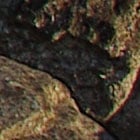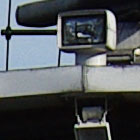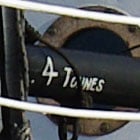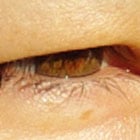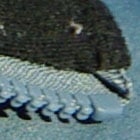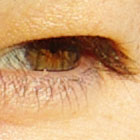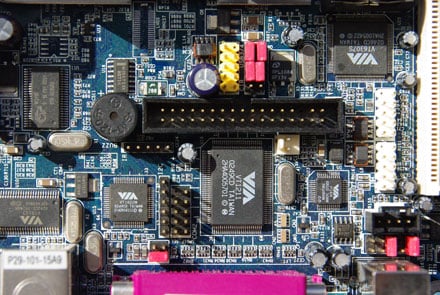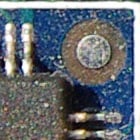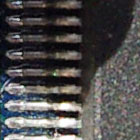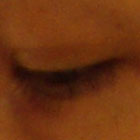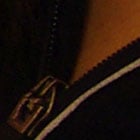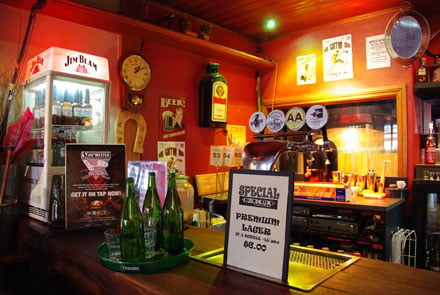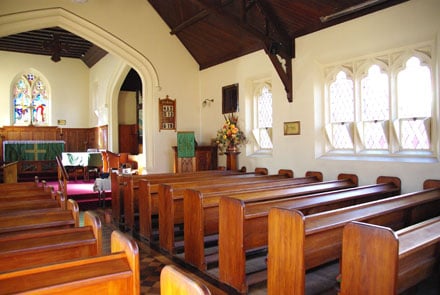Pentax K200D
-
-
Written by Gordon Laing
Pentax K200D Gallery
The following images were taken with a final production Pentax K200D fitted with a Pentax DA 18-250mm lens; note this was the only lens Pentax had available for our review.
The K200D was set to 10M *** JPEG quality, Auto White Balance, Multi-Segment metering, High ISO NR off, and the Custom Image setting at the default Bright option with +1 for Contrast and Sharpness. Shake Reduction was enabled for all these handheld shots.
The individual exposure mode, file sizes, shutter speeds, aperture, ISO and lens focal length are listed for each image.
The crops are taken from the original files, reproduced at 100% and saved in Adobe Photoshop CS2 as JPEGs with the default Very High quality preset, while the resized images were made in Photoshop CS2 and saved with the default High quality preset. The three crops are typically taken from far left, central and far right portions of each image.
Note: you may wish to open our Sony Alpha DSLR A350 Gallery and Canon EOS 450D / XSi Gallery for a direct comparison of detail and noise.
|
Landscape: 3.91MB, Program, 1/350, f8, ISO 100, 18-250mm at 22mm (equivalent to 33mm)
Landscape: 4.11MB, Program, 1/400, f10, ISO 200, 18-250mm at 55mm (equivalent to 83mm)
Portrait: 3.99MB, Aperture Priority, 1/800, f4.5, ISO 200, 18-250mm at 65mm (equivalent to 98mm)
Macro: 3.92MB, Program, 1/400, f10, ISO 400, 18-250mm at 92mm (equivalent to 138mm)
Indoor: 3.92MB, Program, 1/50, f4, ISO 400, 18-250mm at 18mm (equivalent to 27mm)
Indoor: 4.02MB, Program, 1/6, f3.5, ISO 800, 18-250mm at 18mm (equivalent to 27mm)
Indoor: 4.00MB, Program, 1/30, f3.5, ISO 1600, 18-250mm at 18mm (equivalent to 27mm)
| ||||||||||||||||||||||||||||||||||||||||||||||||||||||||||||||||||||||||||||||||||||||||||||||||||||||||||||||||||||||||||||||||||||||||||||||||||||
